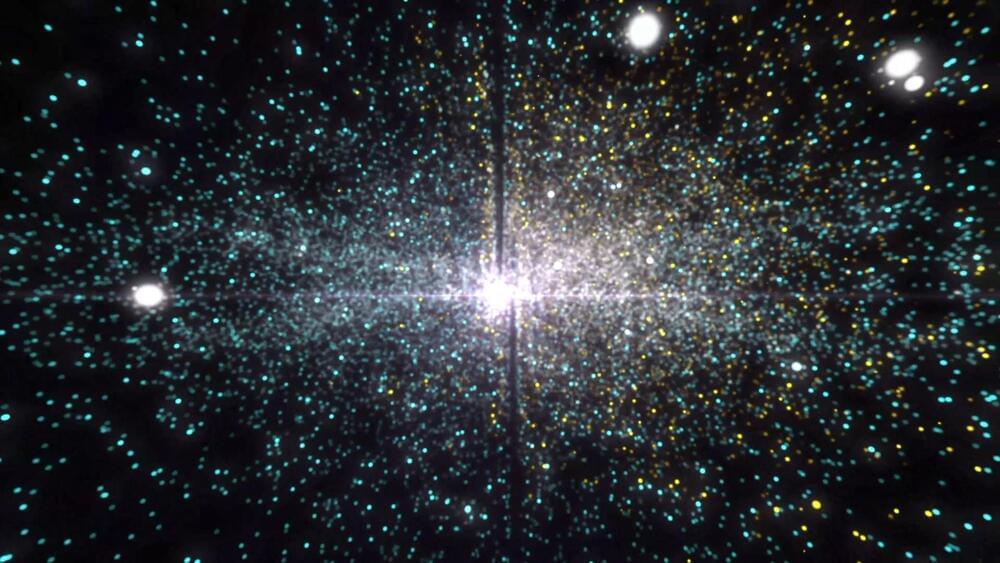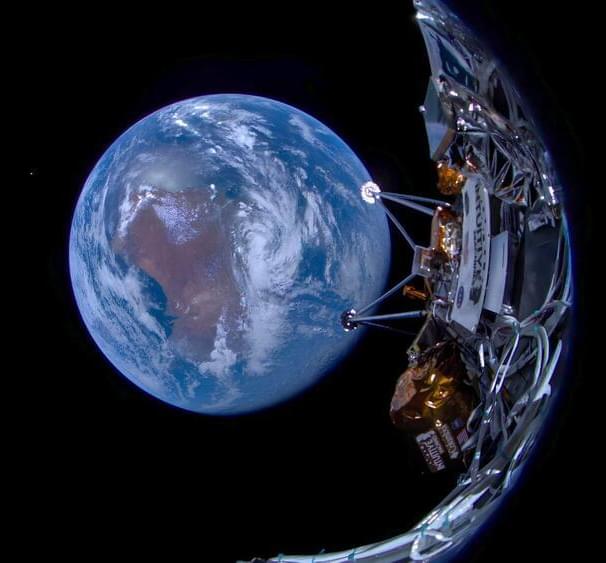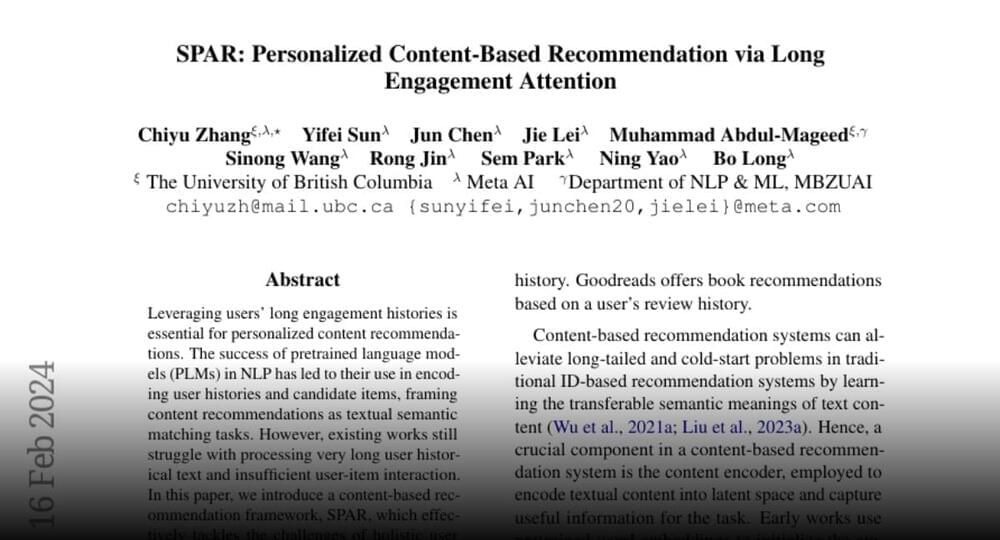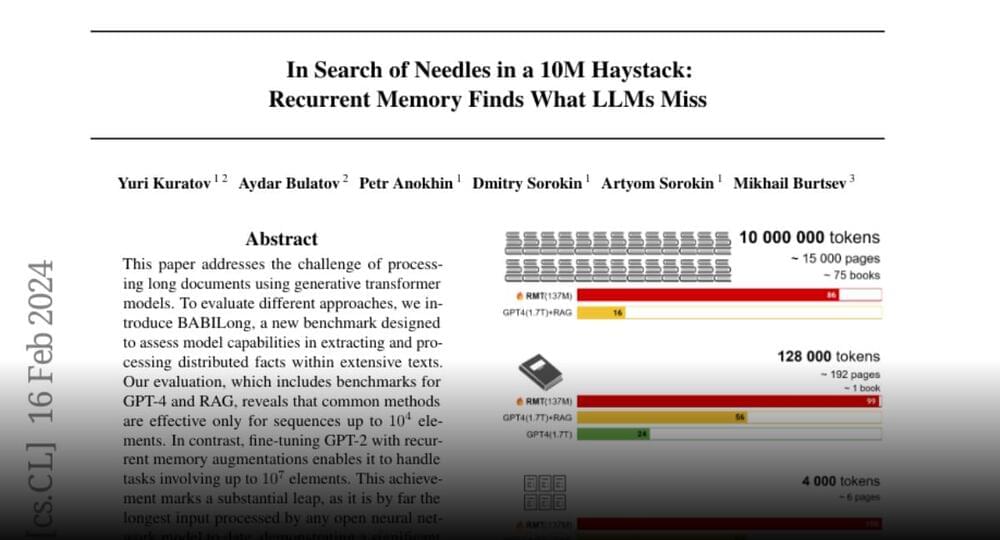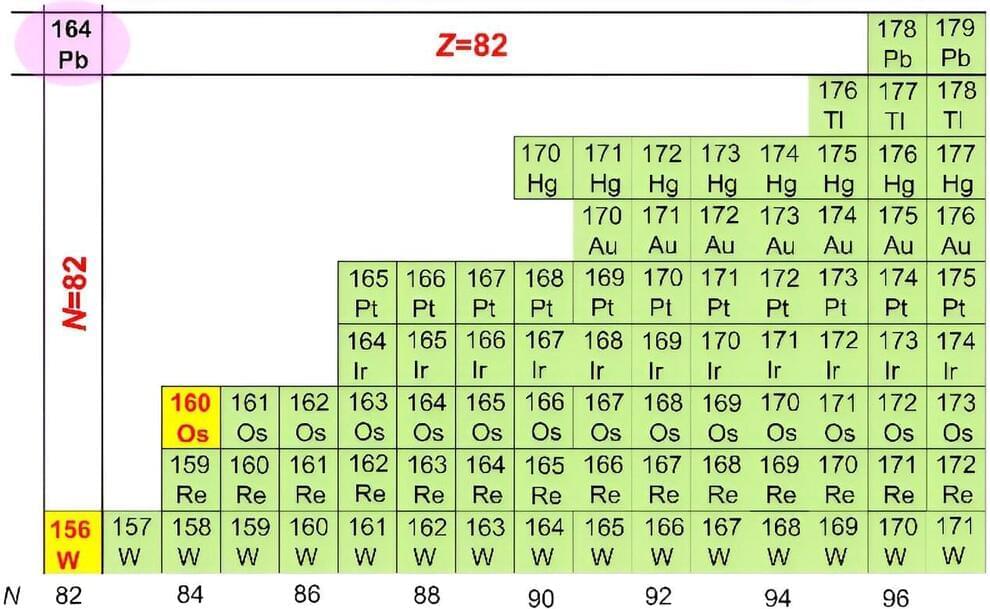Scientists have proposed an intriguing theory on our universe’s rapid expansion.
For years, scientists have grappled with the enigma of the universe expanding rapidly.
Observations like the redshift of galaxies and the cosmic microwave background hint at this cosmic phenomenon, but a complete explanation remains elusive.
A theoretical study has now provided an intriguing explanation: our universe’s expansion may be driven by the collisions and mergers with other universes, colloquially referred to as “baby” parallel universes.
